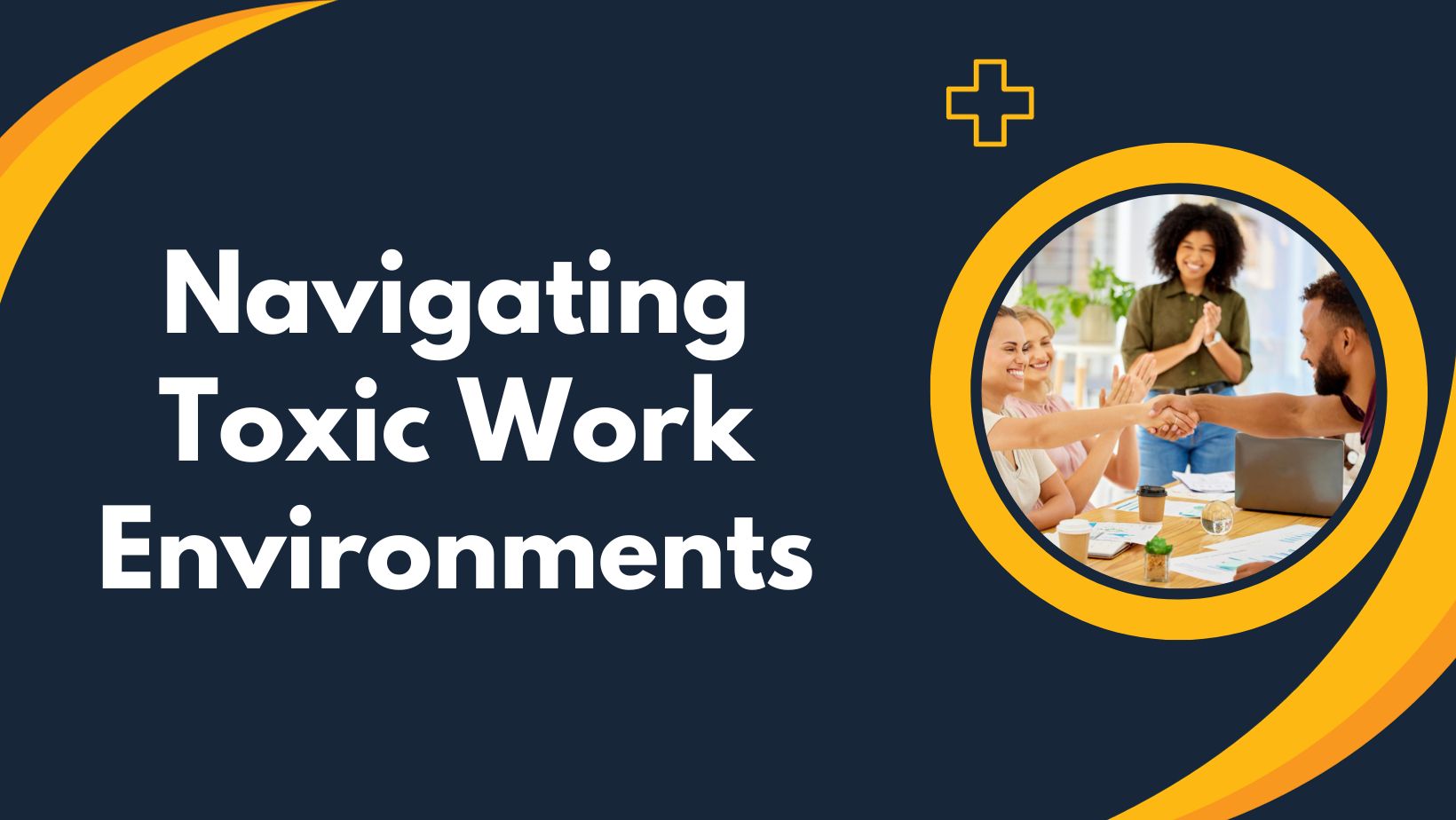Navigating the unstable terrain of toxic work environments is crucial for personal wellness and career advancement. Recognizing the omnipresence and repercussions of such unhealthy settings is paramount. Crafting a positive work environment isn’t merely an option; it’s a vital investment in individual happiness. It matters for a healthier work environment. Unpacking the impacts of toxic work environments on individuals requires astute evaluation. Taking affirmative action is vital to fostering a positive shift. By identifying toxic behaviors and fostering a culture of change, individuals can transform their workplace from a survival ground into a thriving hub for personal and professional growth.
Identifying Toxic Work Environments
Navigating toxic work environments can be challenging, impacting mental health and productivity. Signs like a dictatorial or disjointed culture may contribute to chronic stress. Effective conflict resolution and promoting work-life balance are crucial. Personal stories shed light on the toll on employee morale. A stable culture fosters a healthier workplace, emphasizing physical and mental well-being.
- Regular silence and not talking enough
- Often pointing fingers instead of fixing issues
- Unhealthy rivalry hurts teamwork
- Few chances to grow professionally
- Not recognizing hard work
- Too much work without enough help
- Continuous negativity and skepticism
- Leaders not being transparent or accountable
- Hard to balance work and life
- Rules applied differently and not fair
Strategies for Coping and Self-Care
Surviving a turbulent workplace demands focused self-nurturing. Establishing clear boundaries and cultivating self-esteem is vital. Seek support from colleagues or mentors to bolster emotional resilience. Techniques such as reframing and seeking positive feedback can foster a balanced view. In addressing toxic work environments, recognize the impact of a hostile environment and strive for a healthy workplace culture. Hatch Proof values a productive and positive work environment. Embrace these strategies to transform chaos into calm within your daily work routine.
- Mindful Moments: Pause amid the chaos. Take short breaks to breathe deeply, allowing yourself a moment of calm within the storm.
- Connect and Share: Build a support network. Reach out to colleagues or friends who understand your situation. Sharing experiences can be surprisingly relieving.
- Set Boundaries: Clearly define your limits. Don’t be afraid to say no when necessary. Establishing boundaries protects your mental and emotional space.
- Healthy Escapes: Find activities that bring joy outside of work. Engage in hobbies, exercise, or simply take a walk. Creating positive escapes can be a powerful counterbalance.
- Learn and Adapt: Equip yourself with coping mechanisms. Understand the dynamics of your workplace and adapt strategies that align with your resilience.
Navigating Workplace Relationships
Establishing well-defined limits resembles crafting a shielded fortress against potential toxicity in the professional domain. When confronted with challenges from toxic work environments, nurturing a support network within the office boundaries becomes crucial. This network, acting as a protective shield, offers comfort and direction in navigating such circumstances.
Seeking constructive feedback and mentorship emerges as a compass in navigating the labyrinth of harmful environments. The journey from surviving to thriving involves a commitment to core values and cultivating respectful, trusting employee relationships. Embracing these principles can gradually transform a toxic work environment into a space conducive to growth and collaboration.
Pursuing Professional Growth and Change
Dealing with toxic work environments means thinking carefully. Start by considering how you can grow professionally in your current job. Seek mentorship, explore career advancement opportunities, and foster connections through networking. Assess the decision to either stay and endure or venture into new possibilities. In cases of toxicity, personal development becomes paramount.
Consider the impact of employee turnover, especially among entry-level staff. Leverage support systems like employee assistance programs for a safe environment. Engage with the management team and the entire staff to strategize a transition that preserves your professional reputation. Moving from surviving to thriving demands careful consideration and deliberate steps toward positive change.
Creating a Positive Work Environment
Navigating toxic work environments requires fostering a culture of respect and open communication. Prioritize employee communication, promoting fairness and empathy. Implement conflict resolution strategies to curb negative behaviors. Ensure psychological safety, addressing levels of stress and mental stress. Encourage leadership and organizational change for a positive shift. Invest in professional development, handling common characteristics to transform the workplace from surviving to thriving.
- Encouraging Open Communication: Creating a vibe where everyone feels heard and understood is vital. Having open and honest chats can make a difference. It builds trust and connects the team.
- Recognizing Achievements, Big or Small: Remember to cheer for wins, big or small. Celebrating achievements, even the little ones, brings a positive vibe. Recognizing everyone’s efforts makes the team feel accomplished and motivated.
- Promoting Flexibility: Being flexible in how we work is crucial. Adapting schedules and methods helps balance work and life. Flexibility is like a stress-buster in a not-so-great work environment.
- Fostering Team Building: Investing time in team-building activities can strengthen colleague connections. Shared experiences, even the simplest ones, contribute to a supportive and cohesive work community.
- Implementing Clear Goals: Providing a clear direction and well-defined goals offers a sense of purpose to the team. Clarity eliminates ambiguity, reducing stress and promoting a more positive work atmosphere.
To discover more informative blogs, keep visiting here.

